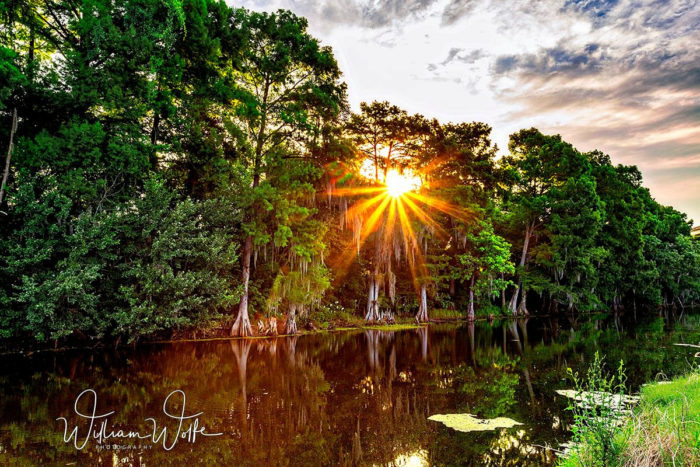Sabre Dog
by Walt Moore
This is a model of the “Sabre Dog” by Revell Monogram. The overall finish is Testors Aluminum Buffing Metallizer, which I shaded with a No. 2 sharpened pencil (for the dark chrome panels) and a cotton swab (for the brightened sections) on top and a Camouflage Gray underside.
The basic aluminum spray provided a dull finish aluminum. Altogether, the different shadings reflect light differently enough to give a change in tone approximating the difference in grain in the basic metal sheet. The Metalizer was sprayed over a flat neutral gray primer. All seams and panel lines were scribed with a sharpened No. 2 pencil. The finished paint was sprayed with Testor’s Dull Cote to fix the colors in place, Then an overcoat of Testor’s Gloss Cote to seal the surface for decals.
This model’s most complex aspect is in the decaling. This is “Stencil Mania”! There are 120 separately numbered stencils, many of which are multiples.
These stencils are all readable under a low power hand held magnifying glass. It took me over two weeks applying the stencils that were shown on the plan.
Those that were not indicated on the plan were researched through other general references at hand. Stencils change on an airframe over time, so the overall effect is good without the stencils being perfectly accurate for the entire time of service for the aircraft. I applied all of the stencils.
Other makings were applied from the kit’s decal sheet, while the specific Air Guard markings were transferred from a sheet of scale appropriate dry transfers. I used a couple of file photos provided by Ms. Sherry Pugh, museum librarian at Jackson Barracks in New Orleans. A final coat of Gloss Cote was applied to help hold the decals firmly in place.
The interior is a Pro Modeler kit, which had enough detail to work with. The instrument panel was clearly marked with instrument face detail, which I highlighted after with an overall coat of faded flat black. I used a sharpened soft yellow pastel artist pencil to give the appropriate coloration of the instrument faces as they would appear during the 1950’s. The instrument covers were enhanced by finely applied Liquid Glass. Red toggle covers and light faces were also added.
The pilot figure is an amalgam of three Monogram figures from various kits, primarily the F-86F. The letter came from a Hasegawa F-84 kit.
This kit is a joy to build. The fit is good and needed no heavy seam filling; most of this was accomplished by using Testor’s liquid glass being oozed into the crevasses.
I don’t keep a clock on the projects I do, but am satisfied when I do get time to be involved. The model in the pictures is not on the display board that will eventually be constructed to depict the typical alert site at a runway’s end where an aircraft and a pilot would be on duty, prepared to scramble from chocks to “Gear Clear” in under five minutes. Those were the Cold Days when the Air Defense Command/Aerospace Defense Command (ADC) protected the Continental US (CONUS) from attack from the skies by the great Soviet Red Threat.
Photos by Sandra Moore
